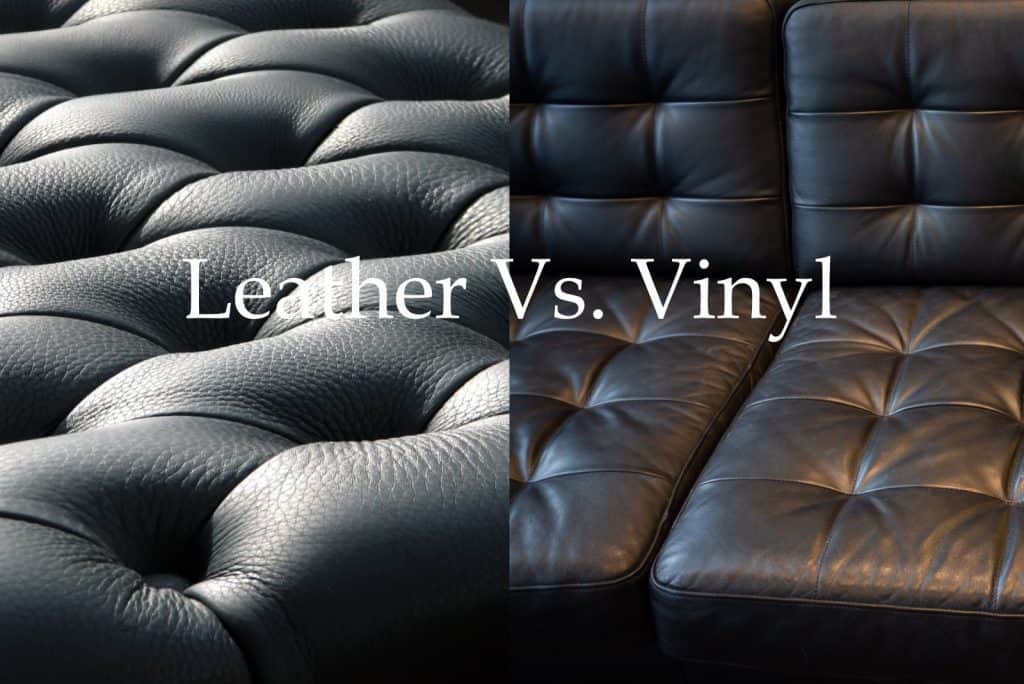Introduction
Choosing a sofa is a significant investment, and if you’re considering a real leather sofa, it’s crucial to know if you’re getting genuine leather or a faux alternative. Real leather sofa offers a luxurious look, lasting durability, and a unique feel that synthetic materials can’t quite replicate. However, with advances in synthetic leather, it can be challenging to tell the difference. This guide will walk you through the essential factors to consider when identifying real leather, so you can confidently choose the best sofa for your space.

Understanding the Different Types of Leather
Before diving into identifying real leather, it’s important to understand the types of leather commonly used in sofa manufacturing:
1.Full-Grain Leather: This is the highest quality of leather, retaining the entire grain layer. It’s the most durable and develops a beautiful patina over time. Full-grain leather is thick, natural-looking, and often has visible imperfections, which add character.
2.Top-Grain Leather: The second-highest quality, top-grain leather is sanded to remove imperfections, giving it a more uniform look. Although not as durable as full-grain, it still offers a premium feel and long-lasting quality.
3.Corrected-Grain Leather: This leather has been treated and embossed to correct imperfections. It has a more uniform appearance but is less durable than full-grain or top-grain leather.
4.Bonded Leather: Made from leather scraps and fibers bonded together, this type has a leather look but is not as durable. It’s often mistaken for genuine leather but lacks the strength and longevity.
Knowing these types helps you better identify whether a sofa is made of real leather and understand its characteristics.
Checking the Texture and Smell
Texture and smell are two of the most immediate indicators of real leather.
- Texture: Real leather has a natural grain that feels slightly uneven and textured. Run your fingers along the surface—genuine leather should feel warm, soft, and supple. Faux leather, in contrast, often feels smoother, more uniform, and somewhat plastic-like. Pressing on genuine leather may also cause slight wrinkles, indicating its elasticity.
- Smell: Real leather has a distinct, earthy smell that synthetic materials can’t replicate. Faux leather might smell like plastic or chemicals due to the materials and dyes used. Smelling the sofa might seem unusual, but it’s an effective way to detect authenticity.
When in doubt, texture and smell are simple yet powerful clues in determining real leather from synthetic options.
Examining the Sofa’s Label and Documentation
A good manufacturer will usually include labels or documentation detailing the materials used in your real leather sofa.
- Label Clues: Look for terms like “genuine leather,” “top-grain leather,” or “full-grain leather.” If the label mentions “bonded leather,” “leather match,” or “PU leather,” these indicate faux or partially synthetic products.
- Documentation: Many furniture pieces come with certificates of authenticity or product descriptions. Reading these documents can clarify the sofa’s leather type and origin. If in doubt, ask the retailer or manufacturer for additional information. Reliable companies are transparent about their materials and are happy to provide details.
Carefully reading the label and documentation can save you from unknowingly purchasing a faux leather sofa.
Inspecting the Sofa’s Stitching and Quality
The stitching and construction quality of a sofa often reveal whether it’s made of real leather.
- Stitching Quality: Real leather sofas generally have high-quality stitching, often thicker and stronger to support the leather’s weight. Check the edges and seams—uneven or loose stitches are typical in faux leather sofas.
- Craftsmanship: Real leather sofas are crafted to withstand daily use, and the construction reflects this durability. Faux leather sofas may look similar initially, but over time they tend to wear out more quickly. Examine the frame, cushion support, and the tightness of the leather. A well-made sofa indicates genuine materials, as manufacturers don’t typically use high-quality craftsmanship with synthetic materials.
The stitching and overall build can provide valuable insights into whether your sofa is made of real leather.
Common Questions about Identifying Real Leather Sofas
It’s natural to have questions when trying to determine the authenticity of your leather sofa. Here are a few common ones:
- How can I tell if it is real leather sofa without a label?
- Besides checking the texture, smell, and stitching, consider looking at the sofa’s price. Real leather sofas are generally more expensive than their synthetic counterparts. You can also look under the cushions or on the underside, where manufacturers may leave unrefined, exposed leather.
- Are there any specific tests I can do to determine if my sofa is made of real leather?
- Yes, there are a few simple tests you can try at home:
- Water Test: Apply a small drop of water to the leather surface. Real leather absorbs moisture and will darken slightly, while faux leather will repel water.
- Scratch Test: Gently scratch the surface. Real leather may show light scratches that can be buffed out, whereas faux leather will either not scratch or reveal an underlying layer of fabric or plastic.
- Heat Test (use caution): Real leather has some heat resistance, whereas faux leather can melt or release a strong odor when exposed to heat. Be cautious with this method as it can damage the material.
- Yes, there are a few simple tests you can try at home:
These tests can provide helpful confirmation, but remember to be cautious as they may alter the sofa’s appearance.
Conclusion
Identifying whether a sofa is made from real leather is essential when making an informed purchase. Real leather sofas provide durability, elegance, and unique characteristics that can enhance any space. By understanding the different leather types, inspecting the texture, smelling the leather, reviewing documentation, and assessing stitching quality, you can confidently distinguish real leather from faux alternatives. Remember, genuine leather is an investment in quality and comfort, adding timeless value to your home.

